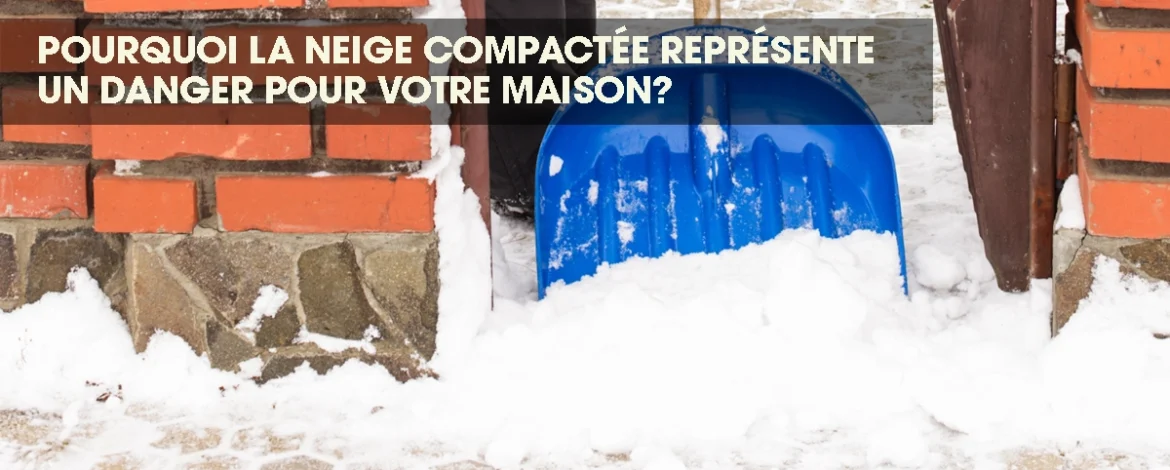Winter snow can be picturesque, but when it becomes compacted, it poses serious risks to your home. Compacted snow hazards for your home include everything from structural risks to increased chances of accidents on your property. Understanding these dangers and managing snow effectively can help you avoid costly repairs and keep your home safe through the winter.
1. Structural Risks of Compacted Snow
Compacted snow adds significant weight, especially on your roof. This extra load can weaken the roof structure over time, leading to potential leaks or even collapse in severe cases. Snow that compacts near the foundation of your home can also place pressure on the walls, leading to cracks. Removing snow before it becomes compacted helps prevent these issues, keeping your home’s structure safer.
2. Increased Risk of Basement Flooding
As compacted snow starts to melt, the water has to go somewhere. Without clear drainage paths, meltwater often seeps into the ground surrounding your home, potentially entering the basement. This can lead to expensive repairs and water damage, which could have been prevented with regular manual snow removal. Clearing away snow before it hardens reduces the risk of basement flooding when temperatures rise.
3. Landscaping Damage and Soil Compaction
Compacted snow can have damaging effects on your landscaping as well. As it melts, large amounts of water can flood garden beds, erode soil, and drown plants. Additionally, the heavy weight of compacted snow can compress the soil, leading to poor soil health and reduced plant growth come springtime. Manually clearing snow helps prevent excessive moisture buildup and protects your landscape’s integrity.
4. Increased Ice Formation and Slip Hazards
One of the most immediate dangers of compacted snow is its tendency to create ice. When compacted snow melts and refreezes, it forms slippery patches that make walking and driving dangerous. These icy areas around your home increase the risk of slips and falls, which can lead to injuries for residents and visitors alike. Regular snow removal is essential for reducing these hazards and ensuring that walkways, driveways, and entryways remain safe.
5. Preventing Mold and Mildew Growth Indoors
Excess moisture from snow can sometimes seep into the home, creating ideal conditions for mold and mildew. These issues are not only hard to clean but can also pose health risks, including respiratory problems. Keeping areas around your home clear of compacted snow limits the amount of moisture that could enter and helps maintain a dry, mold-free environment indoors.
6. Protecting Your Property Value
Compacted snow hazards for your home can lead to both immediate and long-term damages, which in turn may reduce your property’s value. Whether it’s structural wear, foundation cracks, or damaged landscaping, the impacts of compacted snow are costly to repair. Regular snow removal helps prevent these issues, keeping your property safe and well-maintained.
The hazards of compacted snow to your home are too significant to ignore. Manual snow removal is an essential part of winter home maintenance that can protect your property from structural stress, slip hazards, water damage, and mold risks. Prioritizing regular snow clearing is a simple step that can make a big difference, helping you keep your home safe, secure, and free from winter damage.
At Vaquam, we provide reliable manual snow shoveling services tailored for the cities of St Constant, Sainte-Catherine, Delson, and Candiac. Our team ensures timely snow removal to keep your property safe and accessible throughout the winter. Our manual approach allows for precise, careful clearing, which protects surfaces and meets local safety standards. Trust Vaquam for your winter needs, so you can enjoy a clear and secure property, no matter the snowfall.

